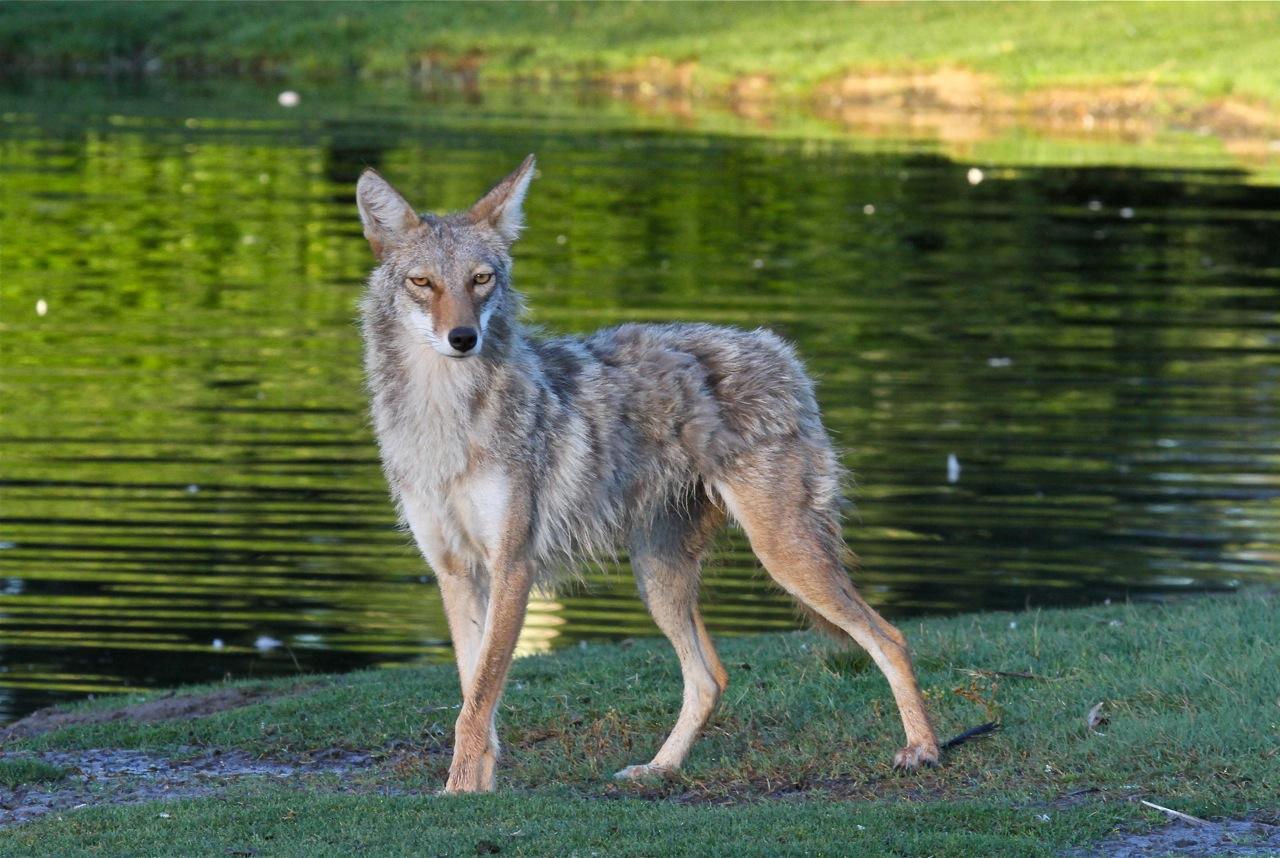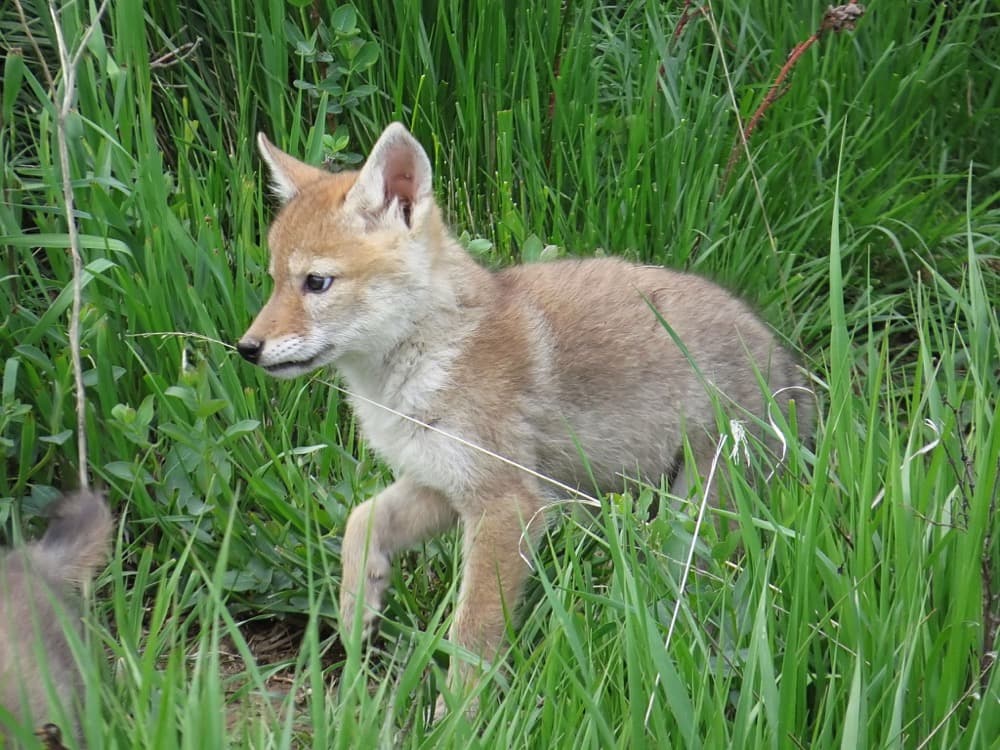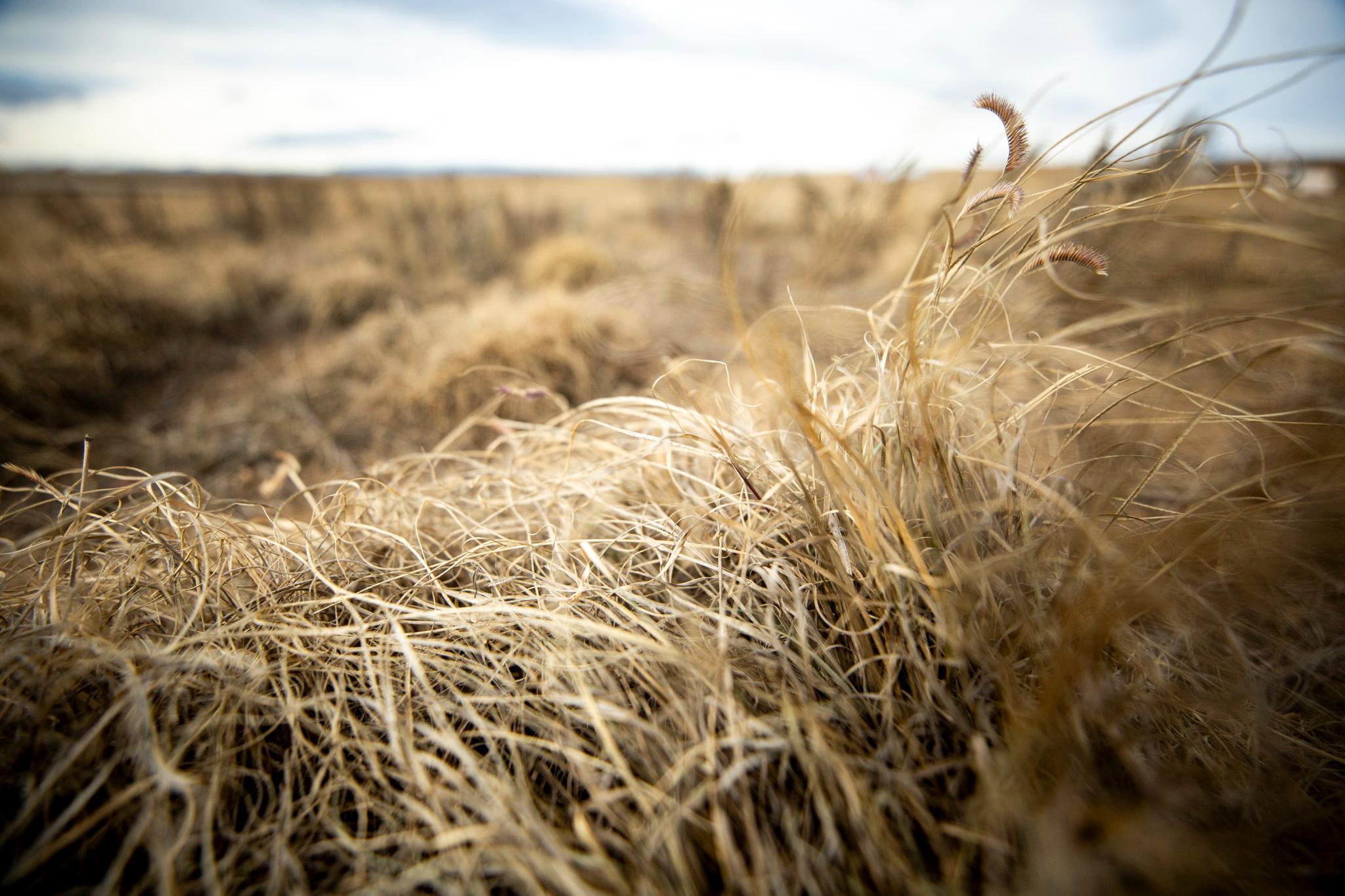
When the sun sets, or when it's just rising, you might feel a pair of watchful eyes upon your back. The coyotes of Colorado are starting their mating season, and that likely will drawn them out into the parks and streets of Denver in the weeks ahead.
"They live in the city," said Vicki Vargas-Madrid, wildlife program administrator for Denver. So, they're here year-round, but they're particularly active in February and March as "they’re looking for their mate, they’re setting up house, they’re getting their dens ready to raise their young," she said.
Coyote populations seem to shift around the metro over time. Last year, sightings seemed to concentrate around Wellshire Golf Course in southeast Denver, but one or more coyotes made frequent appearances in City Park, including the one shown in the image above. I've also heard they're a frequent presence along the Little Dry Creek Trail. (Check out our guide to urban wildlife spots.)
Living in tight-knit families, they might make their dens in piles of dirt or wood at construction sites, along urban trails or even under porches.
"They’re pretty creative and opportunistic when it comes to materials," Vargas-Madrid said.

A full-grown adult can weigh between 20 and 40 pounds and they subsist on a diet that's about 40 percent rodents, 20 percent fruit and a combination of other scavenged food and small animals.
The ones in Colorado tend to be brownish-gray with a belly colored somewhere between light gray and reddish cream. They have long legs, pointed noses and ears and bushy tails with black tips. And, yes, they do howl.
Breeding season can make coyotes particularly territorial and defensive, meaning it's best to keep your distance. If you spot a coyote, Vargas-Madrid recommends you "haze it" by:
- Getting big and loud
- Waving your arms, clapping your hands and throwing stuff
- Backing away slowly
It is illegal to feed coyotes, as it makes them more demanding, much like my own stupid dog, and potentially more aggressive.
Coyote attacks on humans are rare, according to the city, though there was a report last year of a coyote nipping a child in Centennial. They may, however, target your pets.
The authorities generally leave the animals be unless one poses a specific threat. Killing one coyote creates a void that's quickly filled by, surprise, more coyotes, according to the city. Relocated coyotes also will travel long distances to get back to their old territory.
(My parents' Saluki, similarly, ran across New York City once or twice to get back to their apartment after they had to give him away. Poor Jax. See also: the classic children's film "Homeward Bound.")

Anyway, coyote breeding season ends in March, but that won't be the end of the sightings. "You'll see them even through the summer, because then they’re trying to wean the young, teaching them to hunt and find their own food source," Vargas-Madrid said.
There haven't been any sightings recently, she said. You can call in to the city's wildlife hotline at 720-913-0630.
"We know wildlife live in the city," Vargas-Madrid said. "We think it’s great, a great resource for people to have, to have some kind of connection to nature, whether it’s coyotes, foxes, raccoons in the backyard."










